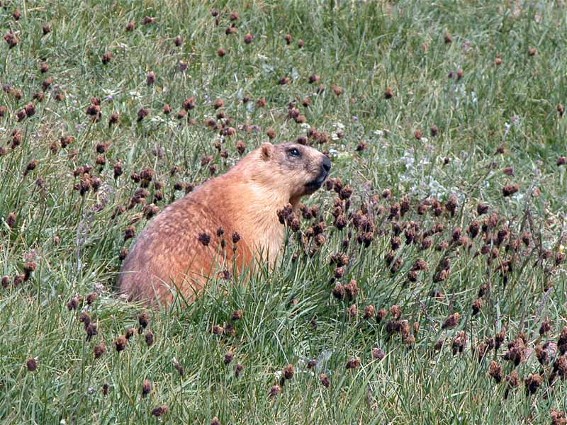Wildlife refuge
Wildlife refuge (заказник; zakaznyk). An area of land or a body of water designated for the purpose of protecting some specific plants or animal species. Such areas do not constitute fully rounded natural complexes, as in nature preserves (zapovidnyk). The most common wildlife refuges were established to protect valuable wild animals and birds by means of the prohibition of hunting on their territory for 10 years or more. Fishing refuges protect spawning grounds or young fish. A landscape refuge may protect a picturesque river valley or lake so that its esthetic qualities will be maintained for the benefit of outdoor recreation and tourism. Small plots of forest, steppe, or wetlands may be designated as plant refuges for the purpose of protecting their unique flora. Geological features such as caves or sites rich in fossils may also be protected. Even a site of historical significance may be designated as a zakaznyk.
Wildlife refuges were established on the basis of decisions made by the Council of National Ministers of Ukraine or by local (oblast or even raion) councils. Activities on their sites are regulated by the national government, the organs responsible for the protection of nature, and the executive committees of local councils. Legislation concerning the refuges was adopted by all former republics of the USSR. Hunting, fishing, logging, grazing, hay cutting, and mining are usually prohibited on the refugees. In 2007 Ukraine had 2,709 zakaznyky of various kinds, occupying a total area of over 900,000 ha.
Ihor Stebelsky
[This article was updated in 2008.]
